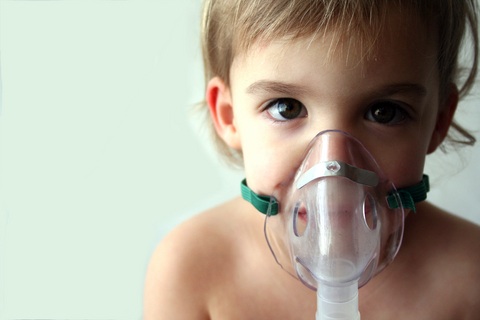Millions of American children live with diagnosed chronic illnesses. Here are some of the statistics about autism, ADHD, asthma, allergies and more:

- Asthma: At least 1 in 8 children, and approximately 1 in 6 African American children
- Allergic Eczema: 1 in 5 children
- Hay Fever (seasonal allergies): 2 to 3 out of every 5 children
- Food Allergies: 1 in 12 children under 4 years of age have a “true” food allergy (IgE mediated). It is estimated that 1 in 3 children (or more) have food intolerances (are sensitive to particular foods)
- Celiac Disease: 1 in 80 children
- Obesity: 1 in 7 children
Millions of American children struggle with “psychiatric” disorders, developmental delays and learning disabilities:

adinabulina | dreamstime.com
- Autism: 1 in 31 boys (1 in 50 children)
- ADHD: 1 in 10 children
- Learning Disability: 1 in 6 children
- Severe Mood Dysregulation (e.g., bipolar disorder): 1 in 30 children
- Dyspraxia (Impaired coordination and motor skills): 1 in 10 children
- Pediatric Depression: 1 in 30 children
- Obsessive Compulsive Disorder: 1 in 100 children
For every child diagnosed with a chronic illness, there are many more undiagnosed children.
There are millions of children with undiagnosed chronic illness.
Many American children are not diagnosed with a particular disease or disorder, but they still show signs of being chronically ill.
Here are just a few signs that a child might be chronically ill:
- Chronic ear infections (more than 2 a year)
- Chronic sinus infections (more than 2 a year)
- Chronic diarrhea or loose stools
- Chronic constipation (does not have a bowel movement everyday or at least every other day; passes hard €œpellet€ stools, difficulty or straining with a bowel movement)
- Constant runny nose
- Reflux, abdominal pains, or other signs of gastrointestinal distress
- Sensory disorders (i.e., aversions to sights, sounds, smells)
- Recurrent urinary tract infections
- Obsessive or compulsive type behaviors
- Persistent skin rashes (eczema, psoriasis, cradle cap, rashes after eating)
- And many, many more . . .
The most stunning part of this epidemic is that all these seemingly disparate illnesses and disorders may all have the same underlying causes.
